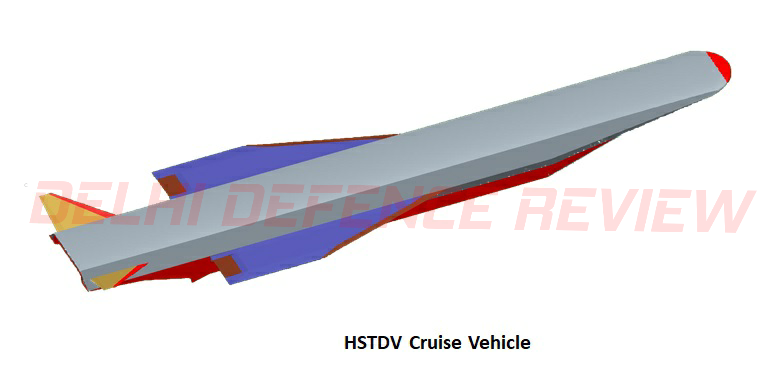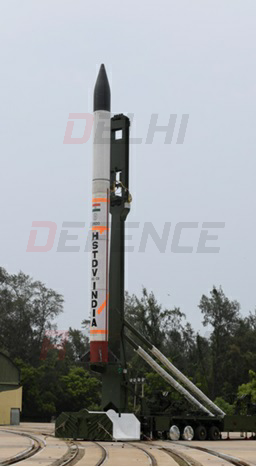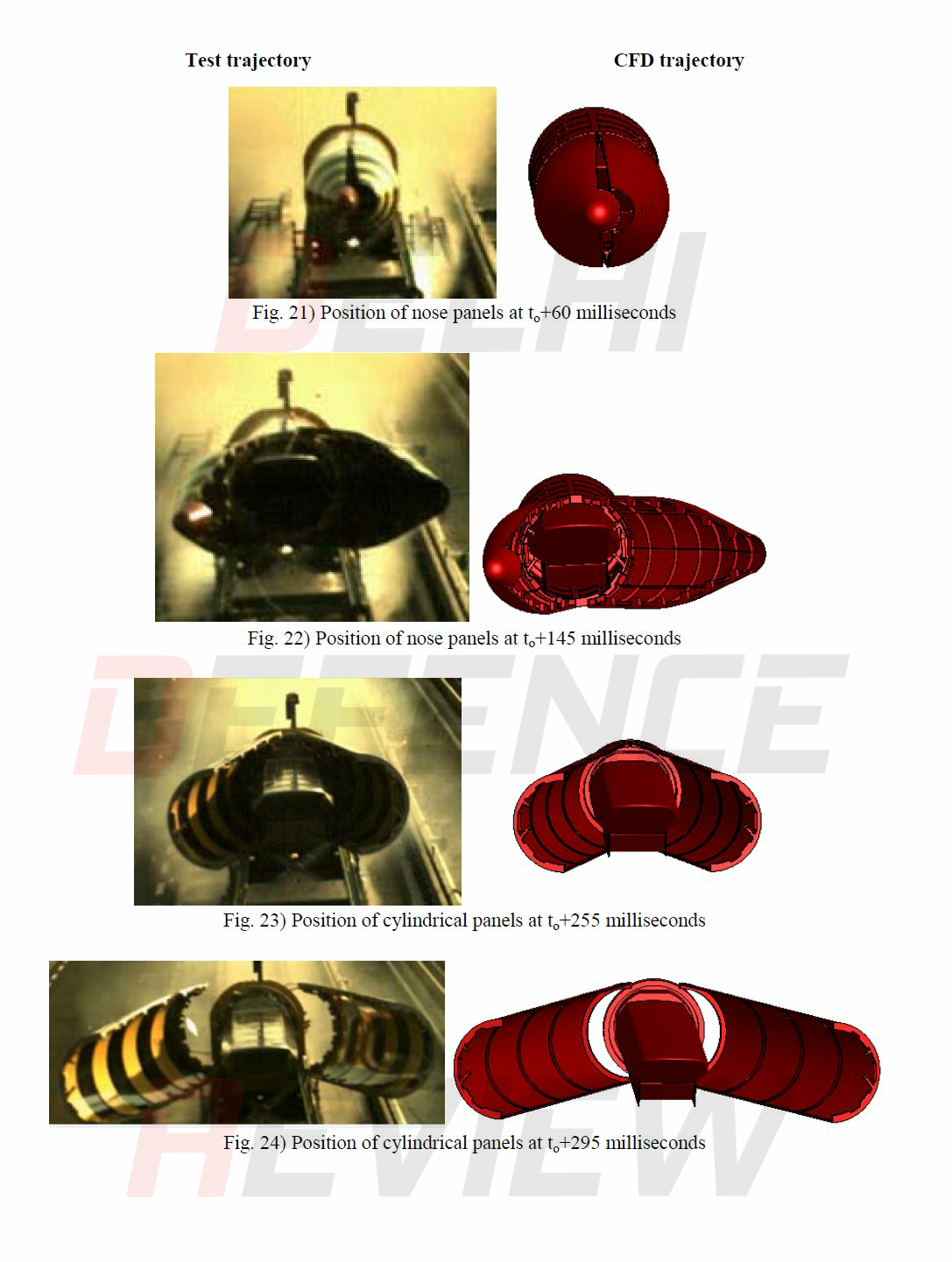India has entered the military-application oriented powered hypersonic club with the Defence Research & Development Organization (DRDO) successfully conducting a test of the scramjet -powered Hypersonic Technology Demonstrator Vehicle (HSTDV) earlier today. According to DRDO, the test has achieved all the objectives that had been set for it in terms of aerodynamic parameters. As such, this test paves the way for the credible development of future scramjet-powered hypersonic delivery vectors by India.

Image Courtesy: DRDO
The HSTDV flight test took place at 1103 hours this morning from the APJ Abdul Kalam Launch Complex at Wheeler Island, off the coast of the Indian state of Odisha. Till recently, the HSTDV programme which is led by the Defence Research & Development Laboratory (DRDL) of DRDO had been one of those long running frontier military projects that seemed just on the cusp of yielding something, only to have deadlines pushed further away. This, of course, was not particularly surprising given the complexity of the technology involved whether it be in terms of intake design or choice of fuel.

Image: A HSTDV test-article on a stand. Source: Publicly Released Brochure
Nevertheless, today’s HSTDV test has put all that behind and according to DRDO Chairman Dr Sateesh Reddy, it (i.e. the test) was an ‘unqualified success’. Speaking to Delhi Defence Review, he further maintains that this is a ‘major technological breakthrough for India that will the pave the way for the development of many more hypersonic vehicles in the coming years’. Dr Reddy sees a full-blown scramjet-powered hypersonic vehicle for payload delivery being ready within the next 5 years.
Video of this morning’s HSTDV test showing booster ignition. Courtesy DRDO
This morning’s test saw the scramjet-powered HSTDV test-article sustain a speed of Mach 6 (i.e. almost 2 km/s) in the course of its 22-24 second flight at an altitude of 30 km. Ethylene was the fuel used by the scramjet combustor, although work on the use of JP-5 has also been underway for some time now. An Agni-I booster was used to loft the HSTDV to an altitude of 30 km and impart the necessary momentum for the scramjet combustor to attain ignition.

Graphic: A simplification of the mission profile of today’s test. The flight duration for today’s HSTDV test-article was greater than 20 seconds, however.
As an aside, the Agni-I medium range ballistic missile’s booster has a diameter of 1.0 metre and is solid-fuelled using a composite propellant.

Image: The HSTDV sits inside the black payload shroud of this launch vehicle which has an Agni-I booster. Courtesy DRDO.
All parameters related to the entire mission profile, including the performance of the scramjet engine was monitored by multiple tracking radars, electro-optical systems and telemetry Stations. A ship was also deployed in the Bay of Bengal to monitor the performance of the cruise phase of the HSTDV and DRDO seems very happy with the test results.

Image: An early iteration of the HSTDV. Source: Publicly released academic paper.
It is understood that the HSTDV test-article was released at a speed exceeding Mach 5. The release of the HSTDV first involved the separation of the aerodynamic heat-shields of the launch vehicle, followed by the injection of the test-article into the atmosphere. Importantly, the air-intake of the HSTDV test-article opened as planned once it left the launch vehicle.

Image: Ground based tests of HSTDV article separation compared with CFD simulations of the same. Source: Publicly released academic paper.
Now, though 22 plus seconds of scramjet combustion at altitude is a noteworthy achievement for an initial flight, the objective is to increase the duration of the same to a couple of hundred seconds in the future while sustaining a speed in excess of Mach 6. For the time being, DRDO believes that the successful execution of critical test events like fuel injection and auto ignition of the scramjet has demonstrated a certain technological maturity. Indeed, critical technologies such as aerodynamic configuration for hypersonic maneuvers, use of scramjet propulsion for ignition and sustained combustion at hypersonic flow, thermo-structural characterization of high temperature materials and separation mechanism at hypersonic velocities have all been validated in today’s test.

Source: Publicly Released Academic Paper
According to DRDO, telemetry data indicated that the scramjet engine worked at high dynamic pressure and at very high temperature, as was desired. This test no doubt augurs well for the development of air-breathing in technologies in India.
Saurav Jha is the Editor-in-Chief of Delhi Defence Review. Follow him on Twitter @SJha1618
© Delhi Defence Review. Reproducing this content in full without permission is prohibited.































